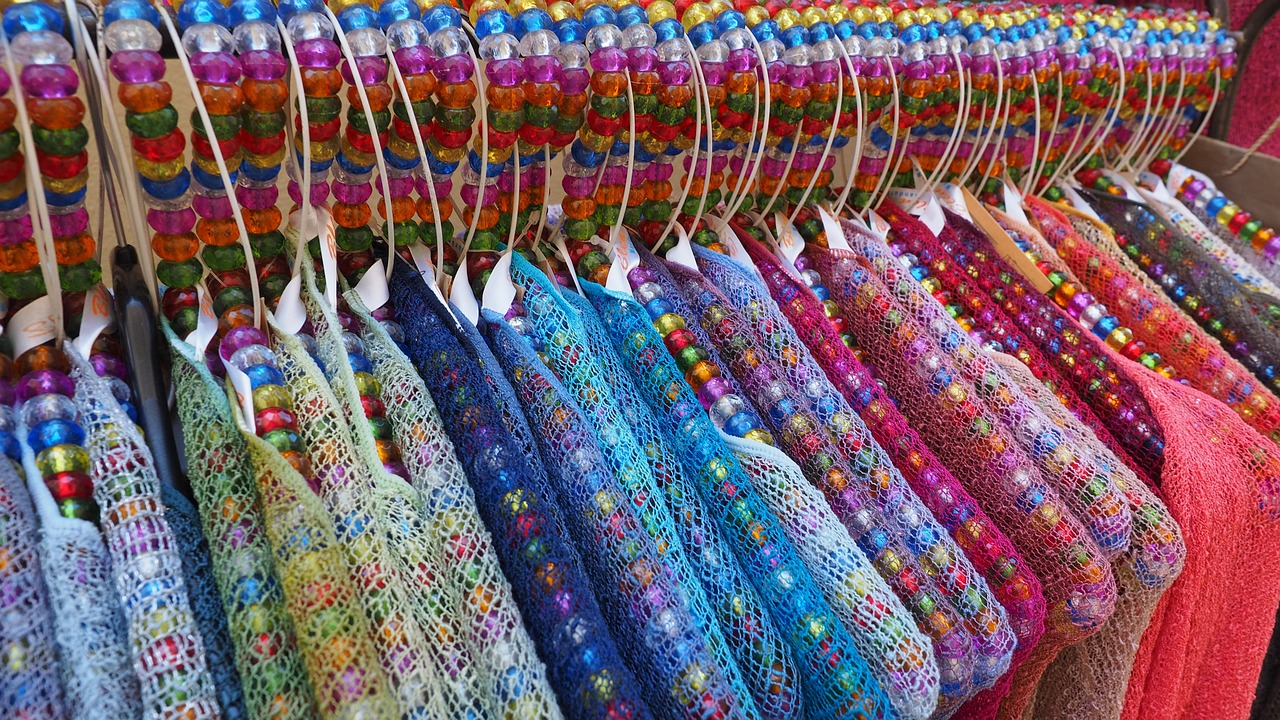The Future of Retail Therapy: Exploring the Psychological Benefits of Shopping
Retail therapy is a term that refers to the act of shopping to improve one’s mood or alleviate stress. Many people find temporary relief from negative emotions by indulging in retail experiences. It is not uncommon for individuals to seek solace in purchasing items that they believe will bring them happiness or satisfaction in the moment.
The appeal of retail therapy lies in the instant gratification it provides. Through the act of buying new products, individuals often experience a surge of pleasure and excitement. This emotional response can create a distraction from underlying issues and offer a sense of control in a world that may feel overwhelming.
• Retail therapy is a common practice used to improve mood and reduce stress
• Many people seek temporary relief by purchasing items they believe will bring happiness
• Instant gratification from buying new products can provide pleasure and excitement
• Emotional response from retail therapy can offer distraction and sense of control in overwhelming situations
The Evolution of Shopping Behavior
In the modern era, shopping behavior has undergone significant transformations. From traditional brick-and-mortar stores to the rise of e-commerce, consumers now have a myriad of options when it comes to making purchases. The convenience of online shopping has revolutionized the way people shop, allowing them to browse and buy products from the comfort of their own homes.
Furthermore, the influence of social media and influencers has played a crucial role in shaping shopping behavior. With the rise of influencer marketing and sponsored content, consumers are constantly bombarded with advertisements and product recommendations, making them more likely to make impulse purchases. The evolution of shopping behavior highlights the impact of technology and digital platforms on consumer decision-making processes.
Exploring the Emotional Impact of Retail Therapy
Shopping has long been considered a therapeutic activity that provides individuals with a sense of satisfaction and happiness. The act of purchasing new items or indulging in retail therapy can evoke positive emotions and uplift one’s mood, providing a temporary escape from daily stressors. Many people turn to shopping as a way to reward themselves or to cope with negative emotions, finding solace in the act of browsing through stores and making purchases.
However, it is important to acknowledge that the emotional impact of retail therapy can vary from person to person. While some individuals may find temporary relief and happiness through shopping, others may experience feelings of guilt or regret after indulging in excessive spending. Understanding the emotions that drive individuals to engage in retail therapy can shed light on the complex relationship between shopping behavior and emotional well-being.
What is retail therapy?
Retail therapy is the act of shopping with the intention of improving one’s mood or emotional state.
How has shopping behavior evolved over time?
Shopping behavior has evolved from a necessity for survival to a form of leisure and self-expression. The rise of online shopping has also changed the way people shop.
What emotional impact does retail therapy have?
Retail therapy can provide a temporary sense of pleasure and satisfaction, but it is important to be mindful of its potential negative effects on one’s finances and emotional well-being.







